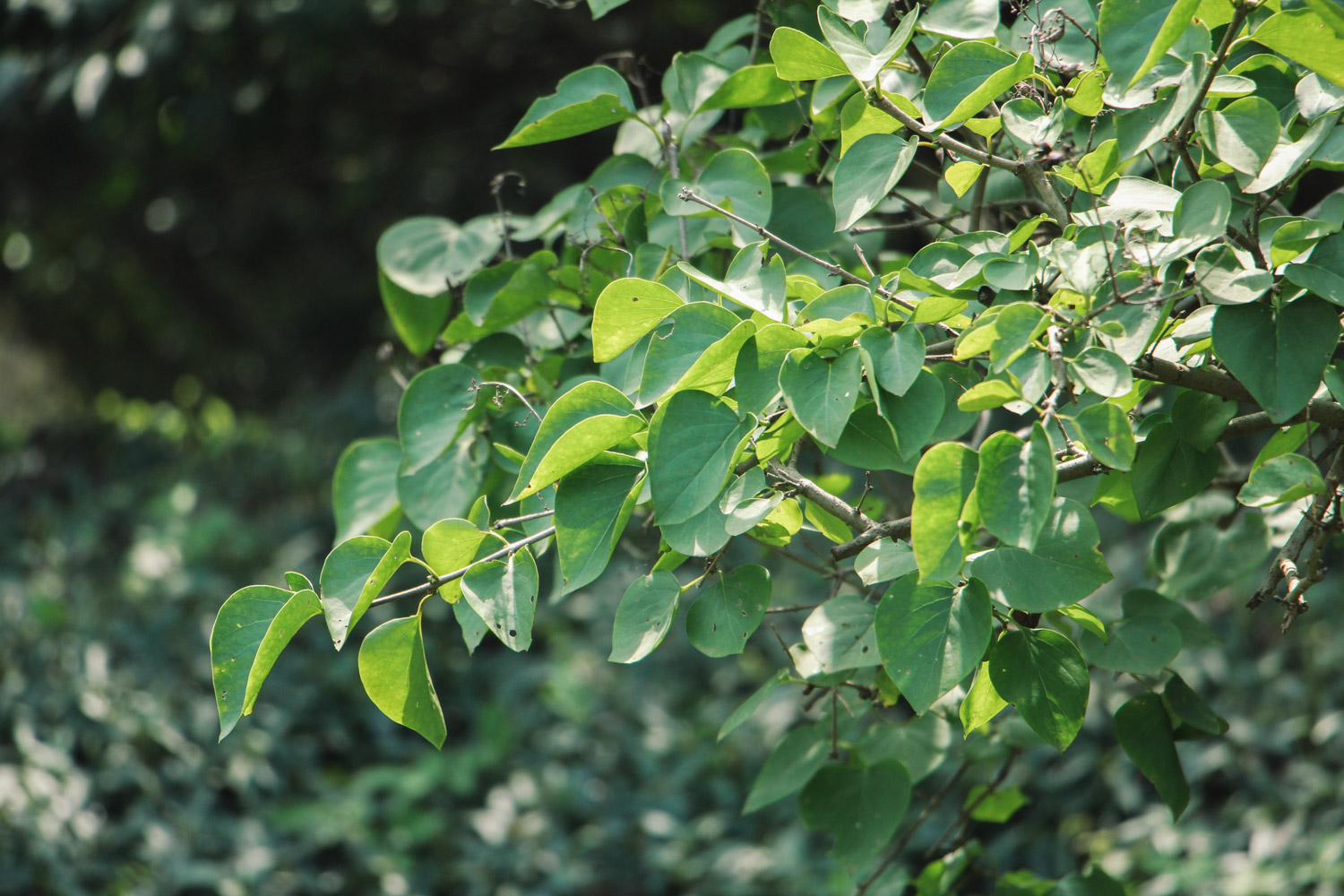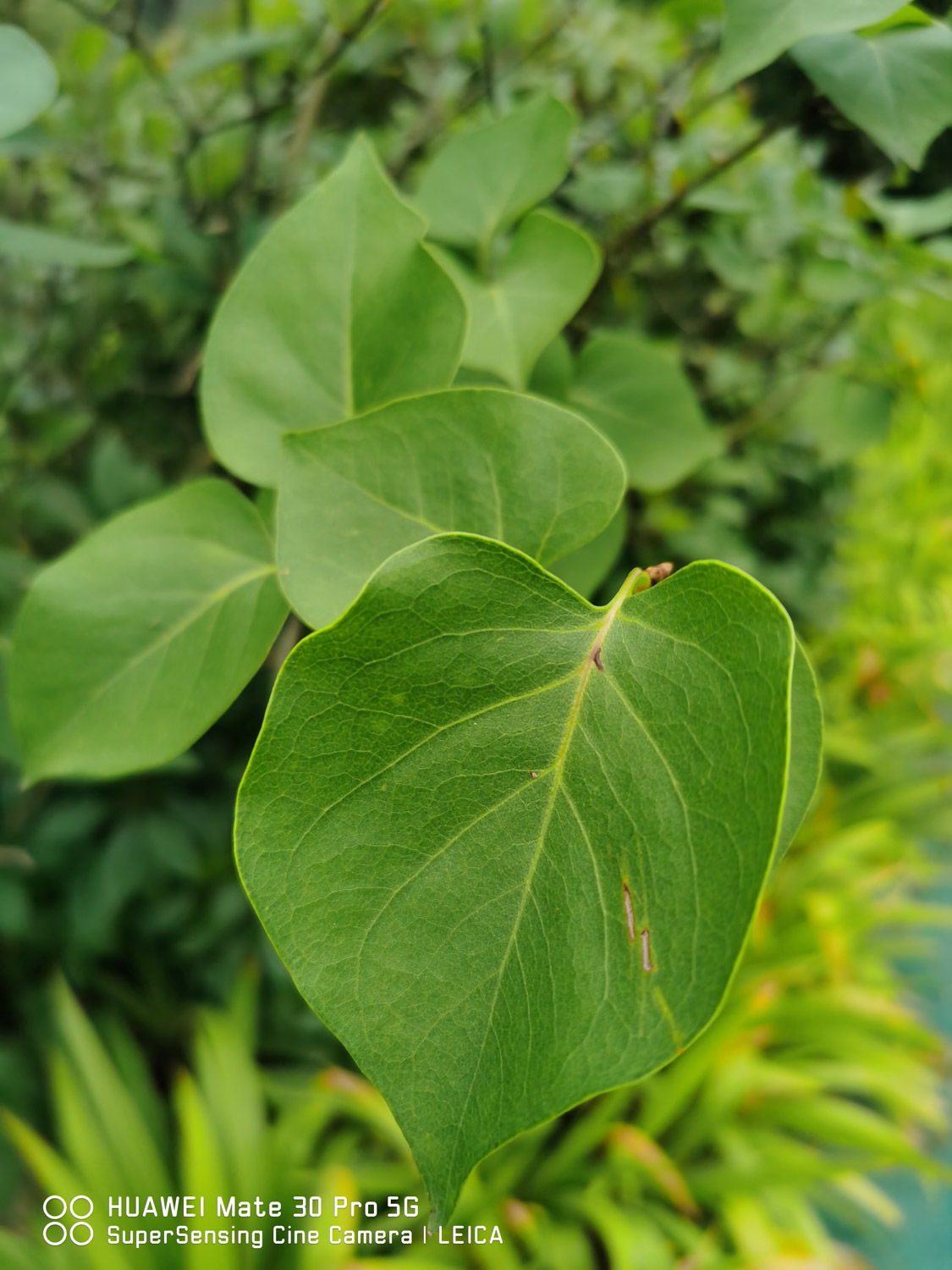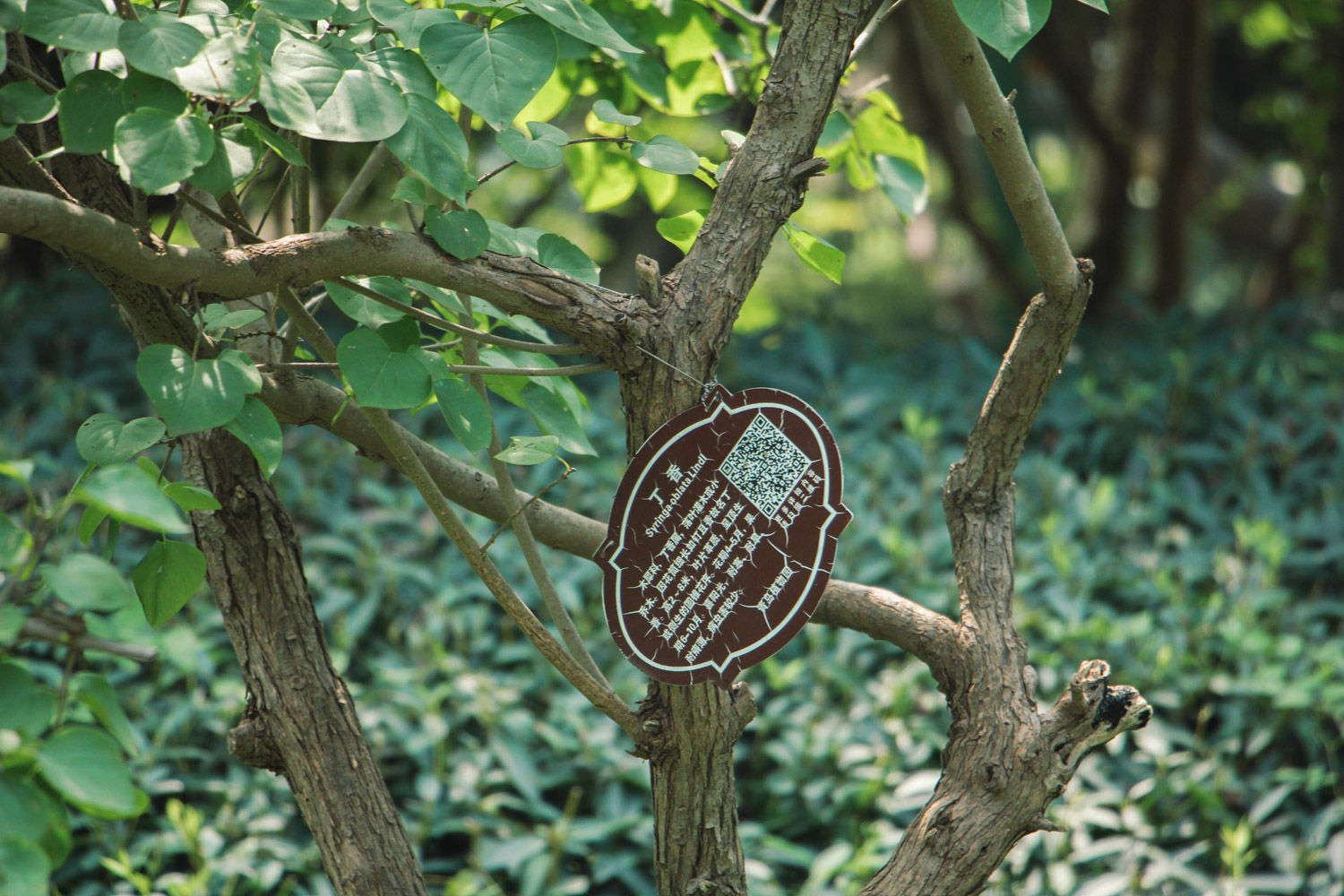1、 Suitable temperature
The temperature is mainly paid attention to in the late autumn, because the temperature in the late autumn will be very low. And in this cooling process, plants may also have a series of problems because they do not adapt to the environment. Specifically, the temperature of 20 degrees is the most appropriate. Late autumn should not be too low. Of course, don't be too hot

2、 Plenty of light
At the beginning of autumn, the noon light may be strong, which should be avoided. However, in late autumn, when the temperature is very low, it can provide sufficient scattered light to help it grow and accumulate some nutrients
3、 Proper moisture
Appropriate amount of water should be added according to the state of the soil. But cloves are more afraid of waterlogging, so if it rains more in the early autumn, we should do a good job in waterlogging prevention

4、 Appropriate amount of fertilizer
There are requirements for fertilizer in autumn, but the demand is not too much. If used too much, it will cause branches and leaves to grow in vain and affect flowering. In addition, compost once before winter
5、 Pest prevention
There may be some pests in autumn, such as aphids and stickleback moths. Pay attention to prevention and take measures in time after discovery

6、 Weed in time
Generally in September or October, the weeds around the plant should be removed, but do not hurt the roots in this process. In addition, in order to prevent cold and keep warm, grass can also be used to cover the soil

 how many times do yo...
how many times do yo... how many planted tre...
how many planted tre... how many pine trees ...
how many pine trees ... how many pecan trees...
how many pecan trees... how many plants comp...
how many plants comp... how many plants can ...
how many plants can ... how many plants and ...
how many plants and ... how many pepper plan...
how many pepper plan...






























